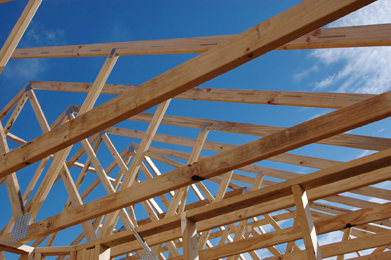Module 5 Summary
| Site: | MoodleHUB.ca 🍁 |
| Course: | Math 30-3 SS |
| Book: | Module 5 Summary |
| Printed by: | Guest user |
| Date: | Monday, 3 November 2025, 4:44 AM |
Description
Created by IMSreader
1. Module 5 Summary
Module 5 Summary

iStockphoto/Thinkstock
In this module you explored the properties of triangles, quadrilaterals, and regular polygons and how shapes can be transformed. You studied translations, rotations, reflections, and dilations on two- and three-dimensional shapes. You also learned about the sine law and the cosine law and how these laws can be used to solve problems involving triangles.
You worked to answer the module question: How can geometry be used in building and design?
In the Module 5 Project: Designing a Yard, you applied your knowledge of geometry to designing the yard of a home.
Some of the key points of this module are outlined in the following table.
triangles |
Triangles can be classified based on length of sides as
Triangles can be classified based on size of angles as
|
quadrilaterals |
Quadrilaterals, or 4-sided polygons, can be classified based on length of sides, parallel sides, and measure of interior angles as a
|
regular polygons |
Regular polygons have all sides equal in length and all interior angles equal in measure. |
translations |
Slide a shape left, right, up, or down. |
rotations |
A shape is turned to change its orientation. |
reflections |
A mirror image of the original shape is produced. |
dilations |
The size of the object is changed. |
sine law |
This law is used to determine an angle of a triangle that is not a right-angled triangle.
This law is used to determine a side of a triangle that is not a right-angled triangle.
|
cosine law |
This law is used to determine a side of a triangle that is not a right-angled triangle.
This law is used to determine an angle of a triangle that is not a right-angled triangle.
|